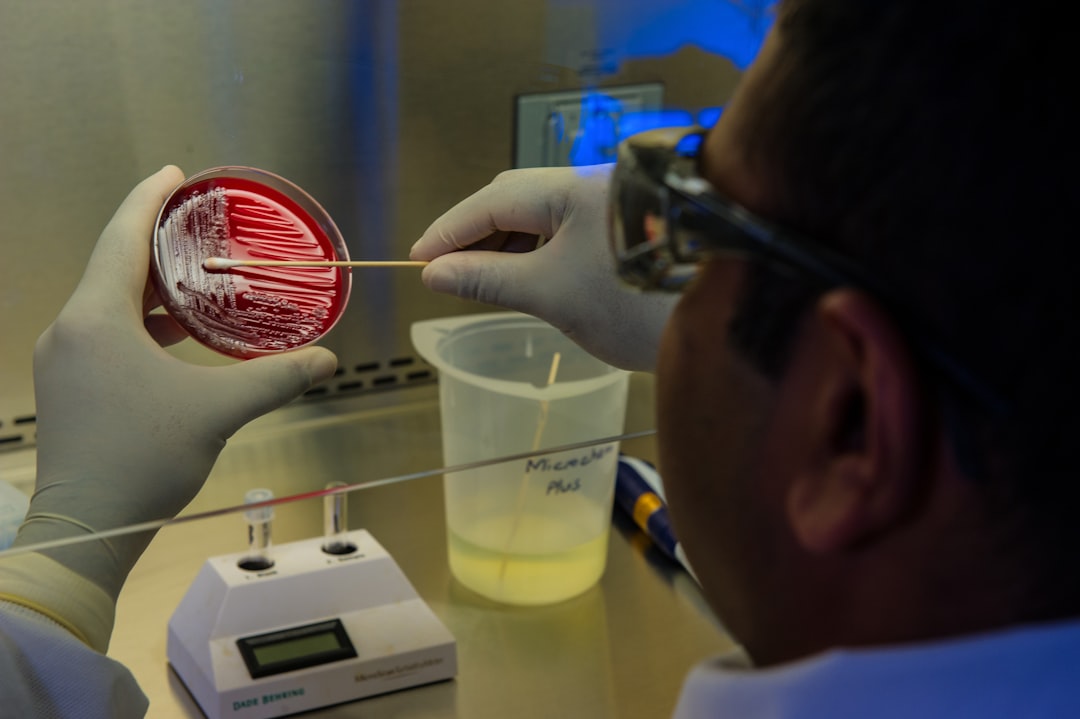What is it about?
It was known that people used glue made from a local conifer called Podocarpus in the South African Middle Stone Age (300 000 – 30 000 yrs). It was not known how this glue was made. This study investigates how it could have been made. Podocarpus glue must be distilled from the plant’s leaves using a process involving fire. This produces a sticky tar that can be used as glue. The process requires imagination and innovative potential.
Featured Image

Photo by Wander Fleur on Unsplash
Why is it important?
The environment in the Middle Stone Age was rich in plants that naturally produce sticky substances. However, Podocarpus tar was preferred to these naturally occurring substances. This may be so because Podocarpus tar is stronger than all these substances. This means that early humans were able to transform their environment to obtain new materials with properties otherwise not available to them.
Perspectives
This study highlights that Podocarpus tar might be one of our best proxies pinpointing the advent of modern cognition and/or cultural behaviors in early Homo sapiens in Africa.
Patrick Schmidt
Eberhard Karls Universitat Tubingen
Read the Original
This page is a summary of: Archaeological adhesives made from
Podocarpus
document innovative potential in the African Middle Stone Age, Proceedings of the National Academy of Sciences, September 2022, Proceedings of the National Academy of Sciences,
DOI: 10.1073/pnas.2209592119.
You can read the full text:
Contributors
The following have contributed to this page










